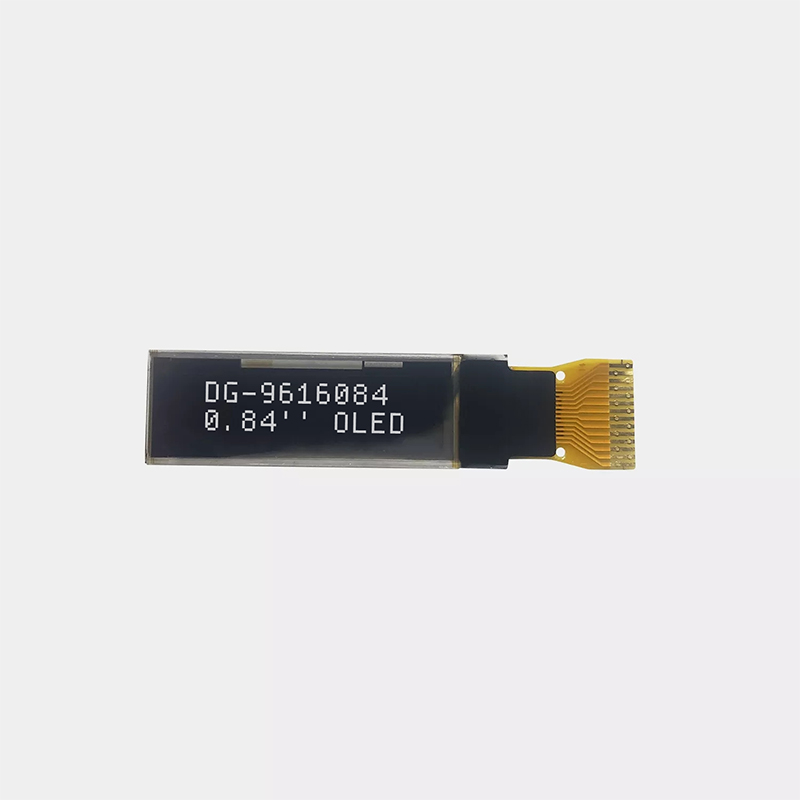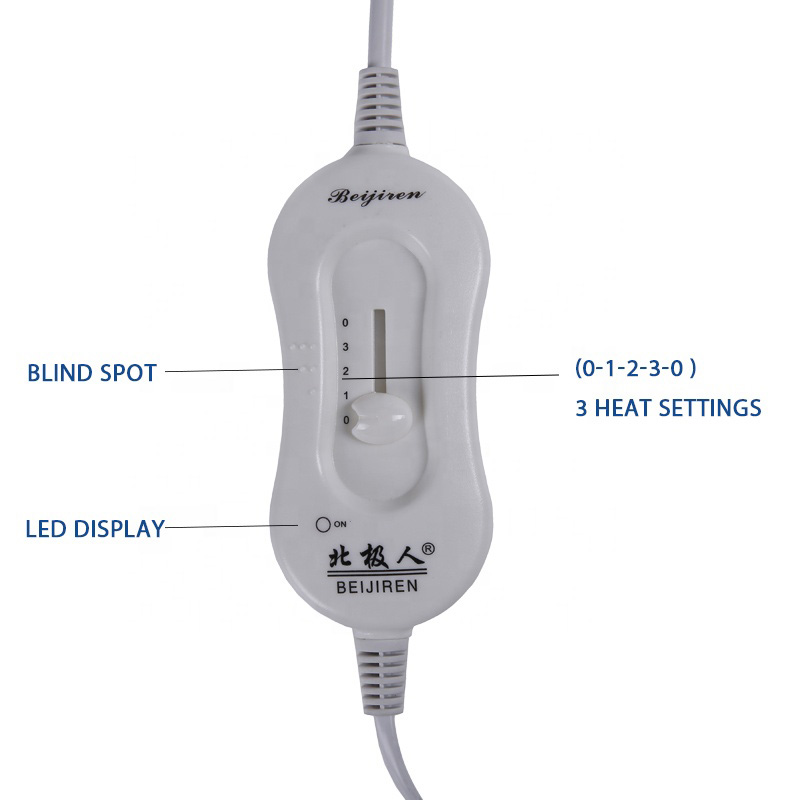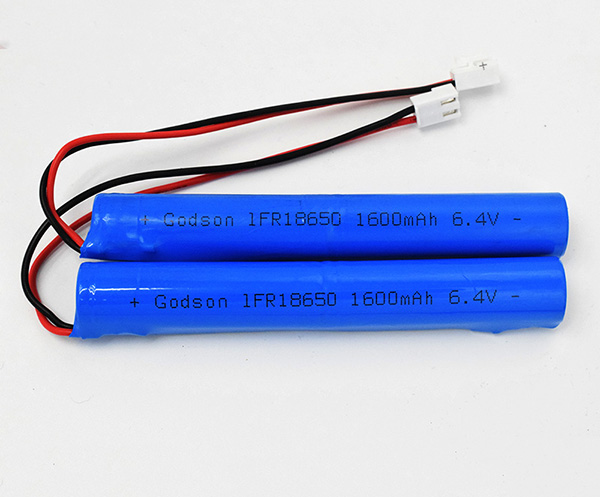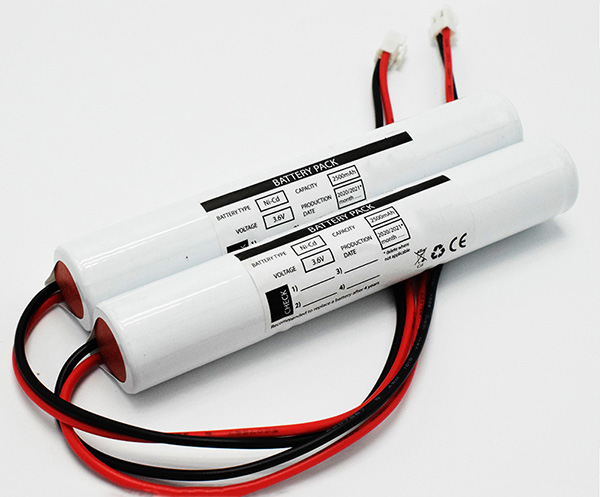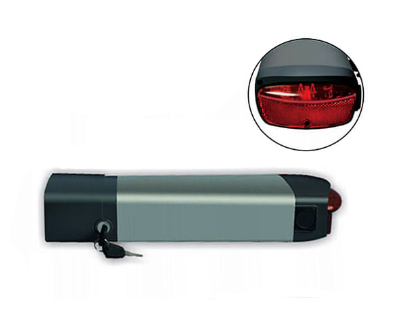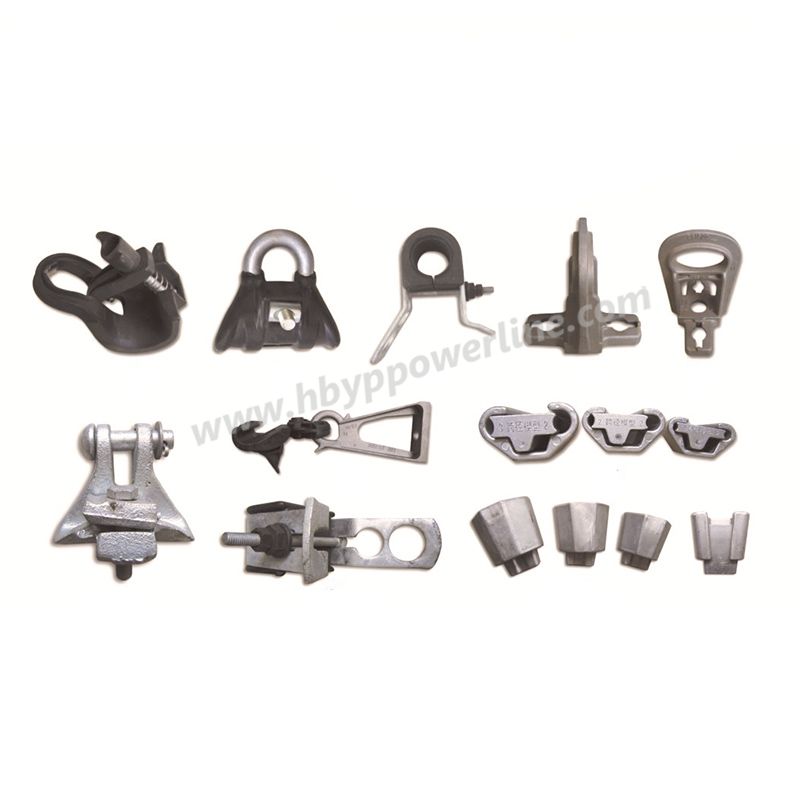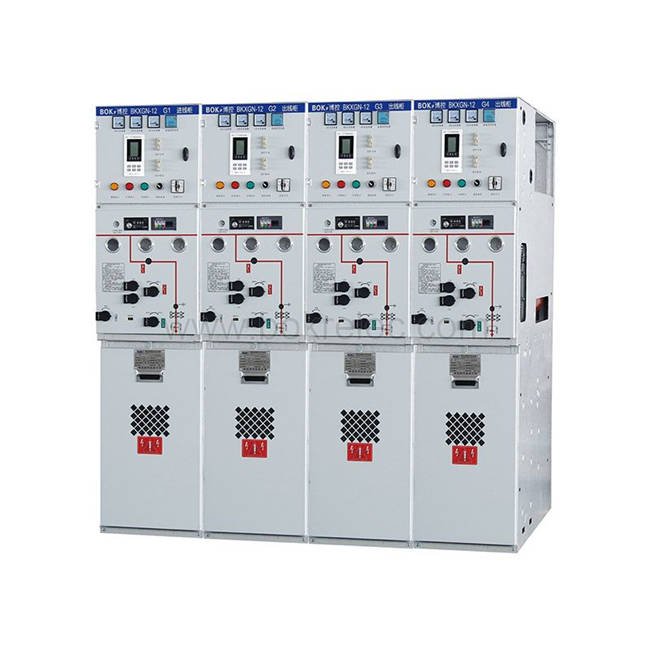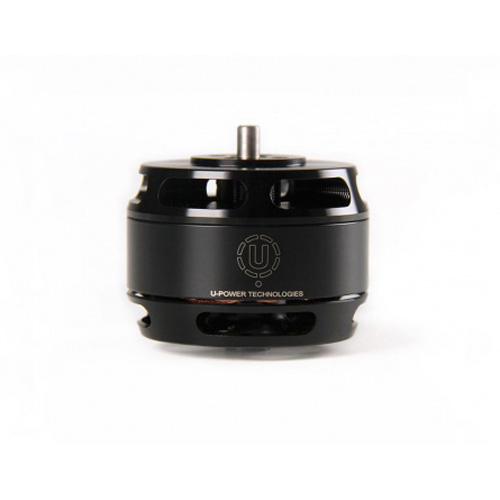Choosing the Best Portable Power Station: Key Features to Consider
Portable power stations have revolutionized the way we access electricity on the go. These compact and versatile devices provide a reliable source of power for camping trips, outdoor events, emergencies, and more. However, with so many options available on the market, it's essential to consider key features when selecting the best portable power station for your needs. In this guide, we will explore the important factors to consider before making a purchase.
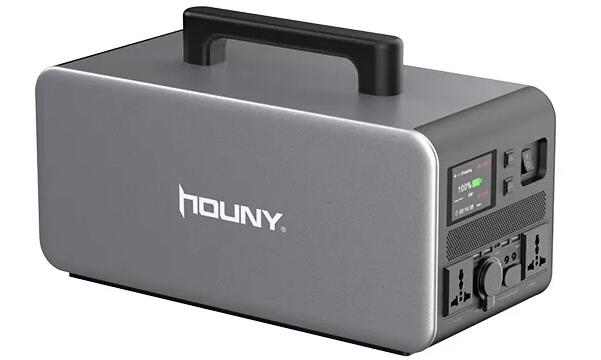
Battery Capacity
The battery capacity of a portable power station determines how much energy it can store and supply. It is measured in watt-hours (Wh) or ampere-hours (Ah). Consider the power requirements of the devices you plan to charge or power and choose a power station with a capacity that can meet your needs. For example, a power station with 500Wh can power a laptop for several hours or recharge a smartphone multiple times.
Output Ports
The number and types of output ports are crucial when selecting a portable power station. Most power stations offer a combination of AC outlets, USB ports, and DC ports. AC outlets are essential for powering devices that require a standard electrical outlet, such as laptops, fans, or small appliances. USB ports are useful for charging smartphones, tablets, and other USB-powered devices. DC ports are commonly used for powering or charging devices with a 12V or 24V input, such as car refrigerators or camping lanterns. Ensure the power station has an adequate number and variety of output ports to accommodate your devices.
Charging Options
Consider the available charging options for the portable power station. The most common method is charging via a standard wall outlet, which provides a convenient and reliable way to recharge the power station. Some power stations also offer solar charging capabilities, allowing you to harness energy from the sun using compatible solar panels. This is particularly useful for outdoor enthusiasts who want to rely on renewable energy sources. Additionally, car charging is another option that enables you to charge the power station while on the move using a vehicle's 12V socket. Choose a power station with charging options that align with your lifestyle and requirements.
Inverter Power
If you plan to power AC devices or appliances, it's crucial to consider the inverter power of the portable power station. The inverter converts DC power stored in the battery to AC power for devices that require it. Check the power station's inverter power rating, typically expressed in watts (W), to ensure it can handle the devices you intend to connect. For example, if you plan to power a small refrigerator that requires 100W, choose a power station with an inverter power rating higher than that to ensure compatibility.
Additional reading:Boat Winches: A Comprehensive Guide to Types and Uses
Understanding the Benefits of Solar Emergency Charging Lamps
What Are the Benefits of Using an Electric Under Blanket for a Restful and Warm Night's Sleep?
Surface Mount Package Sizes
Gas Insulated Switchgear: Enhancing Electrical Grid Performance
The Ultimate Buyer's Guide for Purchasing Smart Boards
Upgrade Your Machinery with Durable Drag Chains
Expandability and Modular Design
Some portable power stations offer expandability and modular design, allowing you to increase their capacity or customize their capabilities. These power stations come with additional battery packs or accessory ports that enable you to connect external batteries or specialized attachments. If you anticipate the need for extra power or specific functionality in the future, consider choosing a power station that offers expandability options.
Size and Weight
Portability is a significant advantage of portable power stations, so it's important to consider their size and weight. If you plan to carry the power station for extended periods or have limited space, opt for a lightweight and compact model. However, keep in mind that larger power stations usually have higher capacity and more output options. Find the right balance between portability and power capacity based on your specific requirements.
Safety Features
Ensure that the portable power banks you choose has built-in safety features to protect both the power station and your devices. Look for features such as overcharge protection, short-circuit protection, and temperature control. These features help prevent damage to the power station and ensure the safety of connected devices.
In conclusion, selecting the best portable power station involves considering several key features. Evaluate the battery capacity, output ports, charging options, inverter power, expandability, size, weight, and safety features. By carefully assessing these factors, you can choose a portable power station that perfectly suits your needs and provides a reliable source of power wherever you go.
Additional reading:Exploring the Benefits of Explosion-Proof LED Light Fixtures
What is the Difference Between TN and HTN LCD?
How long does LiFePO4 battery last?
Enhancing Efficiency and Productivity with SMT PCB Dual Conveyor
What are the Types of Electrical Flexible Conduits?
A Guide To The Automotive Starter Battery
Exploring the Versatility and Benefits of Electrical Flexible Conduit




